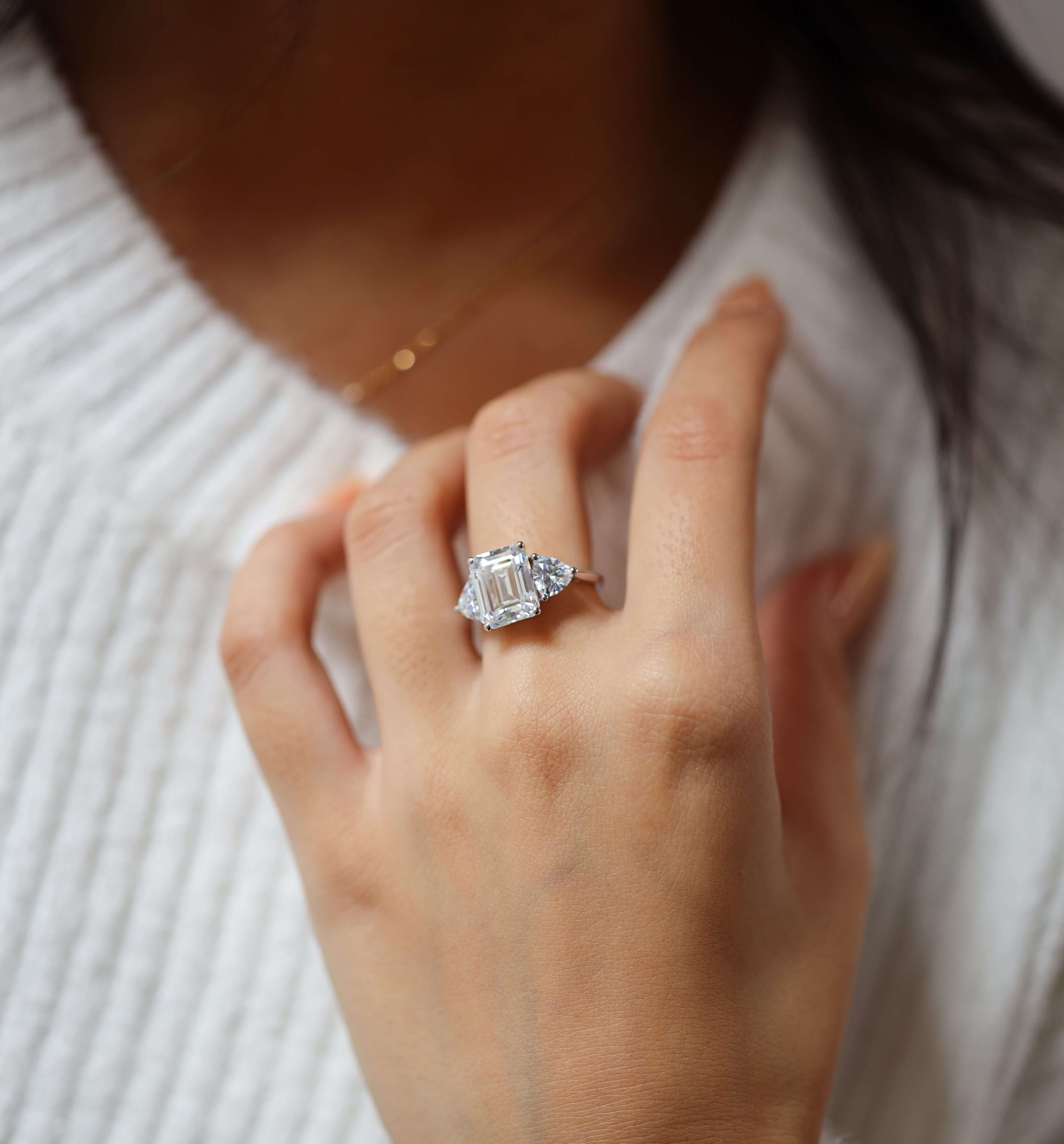VVS1 diamonds are an excellent choice for those seeking a diamond that is as close to perfect as possible. With almost no visible inclusions, VVS1 diamonds are rare and valuable, making them an investment that will last a lifetime. In this article, we’ll explore what VVS1 means, how it relates to the diamond clarity scale, and why VVS1 diamonds are so rare and special.
VVS1 Diamonds: Understanding Clarity and Rarity

When it comes to purchasing a diamond, clarity is an important factor to consider. Clarity refers to the presence or absence of internal and external blemishes, known as inclusions and blemishes, respectively. The Gemological Institute of America (GIA) developed a grading system to determine a diamond’s clarity based on the number, size, and location of these inclusions and blemishes. One of the highest grades on the scale is VVS1.
What Does VVS1 Mean in Diamonds?
VVS1 stands for Very, Very Slightly Included, which means that the diamond has very few inclusions that are only visible under 10x magnification. These inclusions are tiny and do not affect the diamond’s overall beauty or structural integrity. VVS1 diamonds are almost perfect, with only microscopic inclusions that make them rare and valuable.
Is Clarity Graded the Same for Mined and Lab-Grown Diamonds?
Yes, clarity is graded the same way for both mined diamonds and lab-grown diamonds. The Gemological Institute of America (GIA), the world’s foremost authority on diamond grading, evaluates both mined and lab-grown diamonds according to the same 4 Cs of diamond quality: clarity, colour, cut, and carat weight. Therefore, whether a diamond is mined or lab-grown, it will be evaluated and graded according to the same criteria for clarity.
Why Are VVS1 Diamonds So Expensive?
VVS1 diamonds are expensive and rare because they are one of the highest clarity grades on the GIA scale. Only about 1% of all diamonds in the world have this level of clarity. VVS1 diamonds have inclusions that are so small that they are hardly visible under magnification. This makes them highly sought after by those who want the best of the best.
Types of Inclusions in Diamonds
Inclusions in diamonds can come in various forms, including crystals, feathers, and clouds. These inclusions can be caused by minerals that were trapped inside the diamond during its formation or by stress caused by pressure or heat. In some cases, inclusions can be a desirable feature of the diamond, adding character and uniqueness to the stone. However, inclusions can also reduce the diamond’s clarity and value.
Should I buy a VVS-graded diamond?
The decision to buy a VVS-graded diamond depends on factors such as budget, preferences, and intended use. VVS diamonds have high clarity but are more expensive than lower-clarity diamonds. It’s also important to consider other factors affecting a diamond’s beauty, such as cut, colour, and carat weight. A reputable jeweller like Moi Moi Fine Jewellery can help guide the buying process and find a diamond that fits both needs and budget.

 info@moimoi.com.au
info@moimoi.com.au Visit Us
Visit Us

